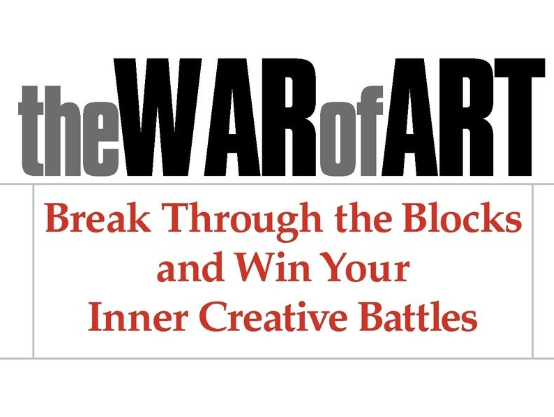This Halloween, we’re reminded that ghosts and ghouls aren’t the only things that frighten. As creatives, our process is embedded with fears that can either destroy or empower us.
Fear of failure is a battle every creator and innovator must face. This fear might be avoided in the short term, but eventually, every artist must slay their inner demons that cast doubts, inhibitions, and anxiety. Here are three resources that will fuel your creative fire and empower you to face your fears:
BOOK: The War of Art
Surely you’ve ready this classic creative manifesto, but if not, you must put Steven Pressfield’s “The War of Art” at the top of your list. Pressfield demonstrates the power of naming your fears and describes a creative’s fear as “resistance.” It’s resistance that comes between the creative and her work, and it’s resistance that we must come to grips with in order to experience creative freedom.
TALK: How To Overcome The Fear of Failure
In an interview with 30 Days of Genius, creative entrepreneur Seth Godin, discusses the difficulty we all face as we attempt to extract the genius that we all carry within. Godin explains that we “have to dance with the fear” because fear is an essential part of the creative process. In just three minutes, this video is bound to inspire you to dance along with the rhythms of your fears.
APP: CreativeLive
Sometimes, the best way to keep our creative fears at bay is to stay inspired. The logic is simple: feed your creativity, starve your fears. If you’re looking for a daily dose of creative inspiration, check out the new app by CreativeLive. Launched in 2010 as a web-based, CreativeLive is a worldwide creative education platform that connects more than 10 million students with more than 2 billion minutes of video. CreativeLive’s video library consists of content gathered from leading experts in industries such as photography, video, design, music, craft and entrepreneurship. Their latest mobile app allows users to access this content on their mobile devices and it offers one free class per day from any course offered on the platform. Check it out HERE.




